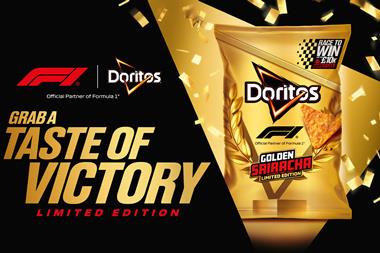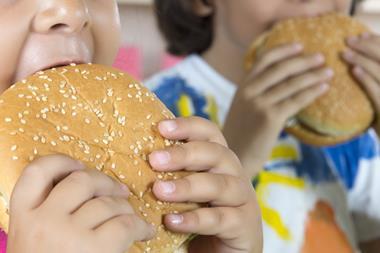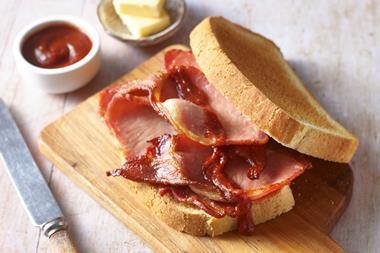
The news is filled with stories of unrest, inflation, climate change, and other daunting challenges. This has given rise to people seeking comfort and safety through nostalgia.
This isn’t just about reliving our own past. Surprisingly, even the younger Gen Z is drawn to the nostalgia of the 90s – a decade they didn’t even experience.
Take the recent hype around the Barbie film. It has been so popular that the maker behind the toy, Mattel, has greenlit a swathe of reboots to capitalise on people’s desire for nostalgia.
So it makes sense for brands to tap into this trend and embrace it in their marketing strategies. Nostalgia can be a powerful approach for certain brands, helping them reconnect with their audience and bring back fond memories of their products.
Ferrero’s Tic Tac brand, for instance, faced a decline in relevancy during lockdown as natural usage occasions decreased. To regain attention, it turned to nostalgia and delved into the brand’s iconic past. By reviving the ‘shake your Tic Tacs’ concept from the past and presenting it in a fresh, modern twist, the brand successfully reconnected with its core audience.
Another brand that has used nostalgia effectively is Rachel’s organic yoghurt. With a small market share and strong competition, it needed a unique angle to stand out, so it tapped into its rich history and the fact it was founded by three generations of strong women – a nice narrative that obviously resonated with consumers. The ‘Taste for Rebellion’ campaign highlighted the owners’ inspiring journey, striking a chord with today’s audiences and transforming its fortunes in the market.
However, it’s essential for brands to consider some key points before embarking on a nostalgia-focused campaign:
1. What is your brand’s purpose and reason for existing? Ensure that nostalgia aligns with your brand’s core identity and doesn’t overpower it.
2. How relevant is your brand to your audience today? Focus on what is most pertinent now for your brand, not just what it was in the past.
3. How can your brand help consumers in the present? Simply recounting past stories won’t drive growth – you need to provide value and relevance to consumers today.
4. What memories can your brand create for the future? While nostalgia can draw on old memories, don’t discount focusing on creating new ones that resonate with your audience.
Nostalgia is not a one-size-fits-all solution, and it may not be the right approach for every fmcg brand. You must pitch the era correctly with a fresh approach. Failing to do so may cause critical damage to the brand. For example, it may alienate younger audiences who don’t understand past references.
Additionally, if your product lacks relevance in today’s world, a nostalgic approach may be seen as a lack of innovation. And for brands without credible heritage, rolling back the years may be perceived as forcing a memory association that doesn’t truly exist. You must also avoid falling into the trap of celebrating a time period rather than the product, as this can distract from the brand’s core message.
If that is the case for your brand, the answer lies not in nostalgia but in finding new memories being made around your product. Understand what consumers love about it and create experiences that resonate with the current generation.
In the meantime, as we continue to navigate uncertain times, expect to see more brands tapping into the nostalgia trend and evoking cherished memories that bring us all a little closer to a simpler, happier time.



















No comments yet